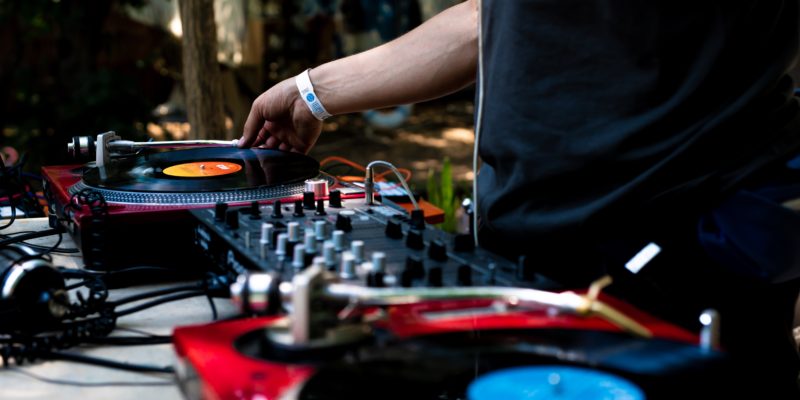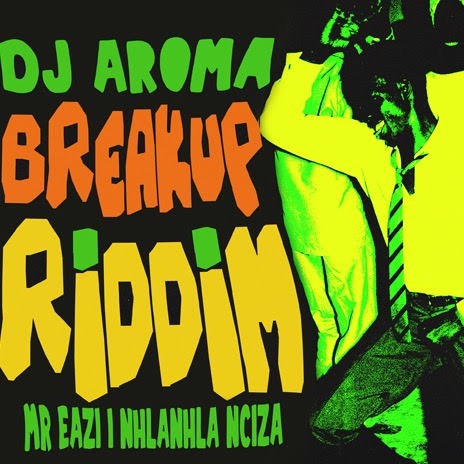
Instrumental music (instrumental music, English: Instrumental Music, Italian: Musical Submental) and is, musical instrument of performance due to the music thing. It is the opposite of vocal music.
Both instruments and voices may be used, but if the instrument is central and partially contains vocal music (Beethoven ‘s Symphony No. 9), treat it as instrumental music. Instrumental music may be used as overtures and interludes in large-scale voice songs such as operas and oratorios.
Form of instrumental music
The form of play, playing alone solo and, playing a plurality of people octets and ensemble are distinguished. The form in which one performer is in charge of each voice is called a duo, and the ensemble refers to the case where a voice consisting of two or more people is included. Of the ensemble, when all the performers play the same melody, it is called a unison.
Examples of quartets-string quartet, piano quartet, brass quintet, wind quintet, etc. The music for the duo is called chamber music.
Examples of ensemble- Orchestra (ensemble with orchestra), brass band (ensemble with percussion), mandolin orchestra, string ensemble, etc.
Development of instrumental music in Western music
Until the 16th century
The emergence of the concept of instrumental music as opposed to vocal music has been linked to the development of Western music since the 17th century and the development of musical instrument production techniques.
From ancient times to the end of the 16th century, instrumental music was not emphasized in music. In early Christian music, the performance of musical instruments was not used in liturgical language and was not regarded as unrelated to faith. 9 centuries in the instrumental ensemble in Northern Europe polyphony contribute to the establishment of, 13th century from the 14th century to the Sarutarero dance, such as, example by and instrumental motet was developed in France and Italy. Before long instrumental way of thinking is to affect the vocal music, 15th century from the 16th century of Franco-Flemish School in the instrumental elements are emphasized. In the 15th century, German dance, preludes, and organ music for liturgy developed.
Also, from the Middle Ages to the Renaissance, the distinction between vocal and instrumental music was not always clear, and the same work was performed as both instrumental and vocal music. In the 16th century, keyboard instruments, solo songs for lutes, and duo songs that combined various instruments began to appear. Prelude and Toccata is, tuning, tuning pure from such as the need of instrumental music occurred.
However, until the end of the 16th century, the representative position of music was still in vocal music, and words (lyrics) and music were inseparable.
Baroque era
From the beginning of the 17th century to the era of baroque music, instrumental music became as important as vocal music. A unique instrumental style that takes advantage of the characteristics of various musical instruments has developed by interacting with traditional vocal styles. This era lasted until the middle of the 18th century.
Baroque music has established format to the era, there is something like the following:
Chamber music – instrumental canzone, the church sonata, indoor Sonata (English version), trio sonatas, such as.
Orchestral – opera of the overture, Symphonic, Fantasy, Orchestra of the Suite, Concerto Grosso, such as.
Keyboard music – keyboard instrument of the suite, Toccata, Fugue, Variations, Chaconne, Passacaglia, organ of the chorale like.
From classical to modern
Since the classical music that occurred in the middle of the 18th century, instrumental music has surpassed vocal music. This is largely due to the progress of science and technology contributing to the improvement of musical instruments. In addition, it is said to be suitable for abstract and universal expressions because it is not restricted by lyrics, and the sonata form was established as its ideal form in the era of classical music.
In the 19th century, music was associated with poetic and pictorial elements, creating the rise of Romantic music, title music, and symphonic poems, which attempted to express things, events, and thoughts in music. On the other hand, even stronger tendency to emphasize the autonomy of the music for the title music, such work is absolute music is the, came to be regarded as (does not have the word) instrumental what of absolute music essence. In contemporary music, attempts have been made to use new musical instruments that transcend traditional traditions, such as electronic musical instruments.
The format has been established since the classical music era, there is something like the following:
- Chamber music – string quartet, violin sonata, etc.
- Symphonic Music – Cassation, Divertimento, Symphony, Concerto, Symphonic Poem, Serenade.
- Piano Pieces – Piano Sonatas, Piano Concertos, etc.
- Instrumental music outside the West
- Other than Western music, vocal music is more important than instrumental music.
It is believed that instrumental music was also performed in ancient civilizations, and it is estimated that ensemble-type instrumental music was performed on a large scale in Egyptian civilization, Mesopotamian civilization, ancient India and ancient China, and Southeast Asia.
Vocal music is predominant in traditional Japanese music (Japanese music), and there is very little instrumental music. Vocal music is divided into narrative and singing, and has a large number of genres, while instrumental music has few Gagauz ensemble, Kato, and shakuhachi, which is a characteristic of Japanese music.










